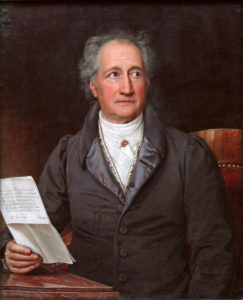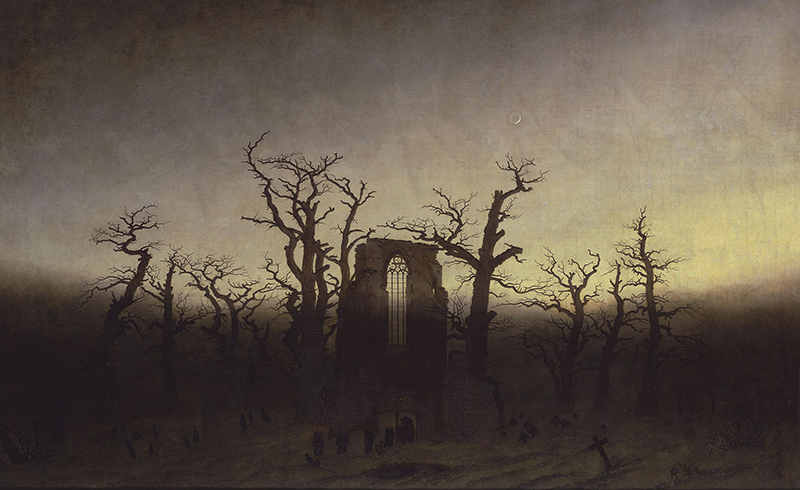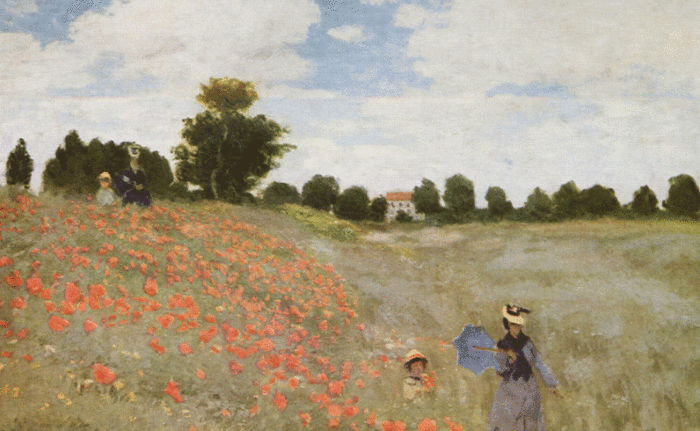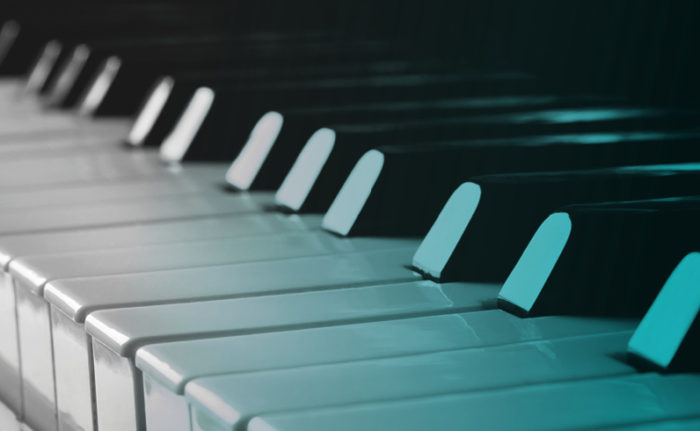On October 4, 5, and 6, Music Director Andrés Orozco-Estrada conducts Mendelssohn and Mahler, a program of spooky masterpieces featuring the Houston Symphony Chorus. In this post, discover the secret pagan rituals of Mendelssohn’s choral masterpiece, Die erste Walpurgisnacht. Visit houstonsymphony.org for tickets and more information.

To this day, people throughout Northern and Eastern Europe continue to frighten away witches and demons on the evening of April 30 with bonfires, gunshots, and the cracking of whips. Officially, these festivities occur on the eve of the feast of St. Walpurgis, an 8th century missionary venerated for her kindness and mercy during Charlemagne’s bloody wars to conquer and convert much of what is now Germany. The church may well have chosen to honor her on this day to supplant a more ancient, pagan holiday that hailed the coming of springtime. Indeed, the Walpurgis Night traditions are predicated on the belief that this night is the most unholy of the year; it is then that witches fly to mountaintops to worship Satan with blasphemous orgies.
The consequences of such fanciful beliefs proved all too real as the madness of witch hunting swept Europe, climaxing in the hysteria of the 1600s. Europeans seem to have come to their senses in the following century, when belief in witches was finally condemned as superstition. This turn to science and rationality—a movement known today as the Enlightenment—also gave rise to a fad for speculative “rational explanations” of all sorts of myths and legends, including those surrounding Walpurgis Night. In 1796, for instance, the Berlin Archive of Time and Taste theorized that there were no lurid witches’ sabbaths, merely pagans attempting to avoid persecution in the aftermath of Charlemagne’s forced conversions. The Saxons, “free peoples filled with strength and courage,” had “clung to the religion of their fathers all the more diffidently (as do all who are persecuted for their beliefs)” and “turned to guile so that they would be able to participate in their sacrificial ceremonies. They wrapped themselves in horrifying disguises and cleared the path to their idols at night by scaring the [Christian] sentinels […]”
From Poetry to Music

The great poet and polymath Johann Wolfgang von Goethe would famously include an orgiastic Walpurgis Night in Part I of Faust, but he was also intrigued by these revisionist theories. In 1799, he published a poem inspired by them: “Die erste Walpurgisnacht” (“The First Walpurgis Night”). He soon began encouraging his friend, the composer Carl Friedrich Zelter to set it to music. Zelter never completed a setting, but decades later his star pupil would.
One of the greatest musical prodigies of all time, Felix Mendelssohn was born to a well-to-do and illustrious German-Jewish family that had converted to Lutheranism when he was just a boy. The young Felix met Goethe on several occasions and impressed the elder poet deeply. Goethe even declared him more gifted than the child Mozart (the long-lived Goethe was one of the few people to have seen them both perform live). Mendelssohn astonished by virtue not only of his skill, but also his originality; in particular, he had invented a completely new style of “fairy music” with his Overture to A Midsummer Night’s Dream that redefined the sound of the supernatural. In 1831, he wrote to his sister Fanny:
“[…] I have halfway composed Goethe’s ‘Die erste Walpurgisnacht’ […] a grand cantata with full orchestra. […] when the watchmen make a ruckus with their prongs and pitchforks and owls, there is also the witches’ spookiness, and [you] know that I have a particular fondness for that […]”
Though he corresponded with Mendelssohn as the piece was written, Goethe sadly did not live to hear the work as he passed away almost a year before its public premiere on January 10, 1833. Despite the work’s success, Mendelssohn, a compulsive reviser and perfectionist, tinkered with it periodically until 1843, when it reached its final form. Mendelssohn’s friend, the French composer Hector Berlioz, summed up the enthusiastic critical response when he called it “the finest thing that Mendelssohn has done.” Perhaps the most impressive part is the chorus in which the pagans don their devilish disguises and scare the Christians away:
Kommt mit Zacken und mit Gabeln
Wie der Teufel, den sie fabeln,
Und mit wilden Klapperstöcken
Durch die leeren Felsenstrecken!
Kauz und Eule
Heul in unser Rundgeheule!
Come! With prongs and with pitchforks
Like the Devil of their fables,
And with noisemakers
Through the barren rocks!
Coot and owl
Howl in our round dance!
A Musical Question Mark
After the horrors of Nazism and the Holocaust, many began to wonder if the persecuted pagans in Mendelssohn’s Die erste Walpurgisnacht were thinly veiled stand-ins for Jews, who faced increasing anti-Semitism as the 19th century wore on; indeed, despite his sincere Lutheran faith, Mendelssohn himself faced anti-Semitism throughout his career. His contemporaries, however, did not seem to read Die erste Walpurgisnacht as having anything to do with Judaism; in fact they generally saw the pagans (their ancestors) as proto-Protestant Germans, if they interpreted beyond the literal meaning of the poem at all (interestingly, one early French translation transformed the pagans into gypsies). What Mendelssohn himself might have thought is likely impossible to know; Mendelssohn rarely committed his innermost feelings to writing, and his relationship to Judaism has been the subject of intense scholarly debate. Still, as Goethe himself said, “Die erste Walpurgisnacht” is “highly symbolic”; the pagans’ situation echoes that of many oppressed peoples throughout history. Beneath the playfulness of pitchforks and owls, Mendelssohn’s provocative masterpiece continues to encourage audiences to embrace tolerance and see the world through the eyes of others—and he certainly would have hoped for that. —Calvin Dotsey
Don’t miss Die erste Walpurgisnacht at Mendelssohn and Mahler October 4, 5, and 6! Visit houstonsymphony.org for tickets and more information.



